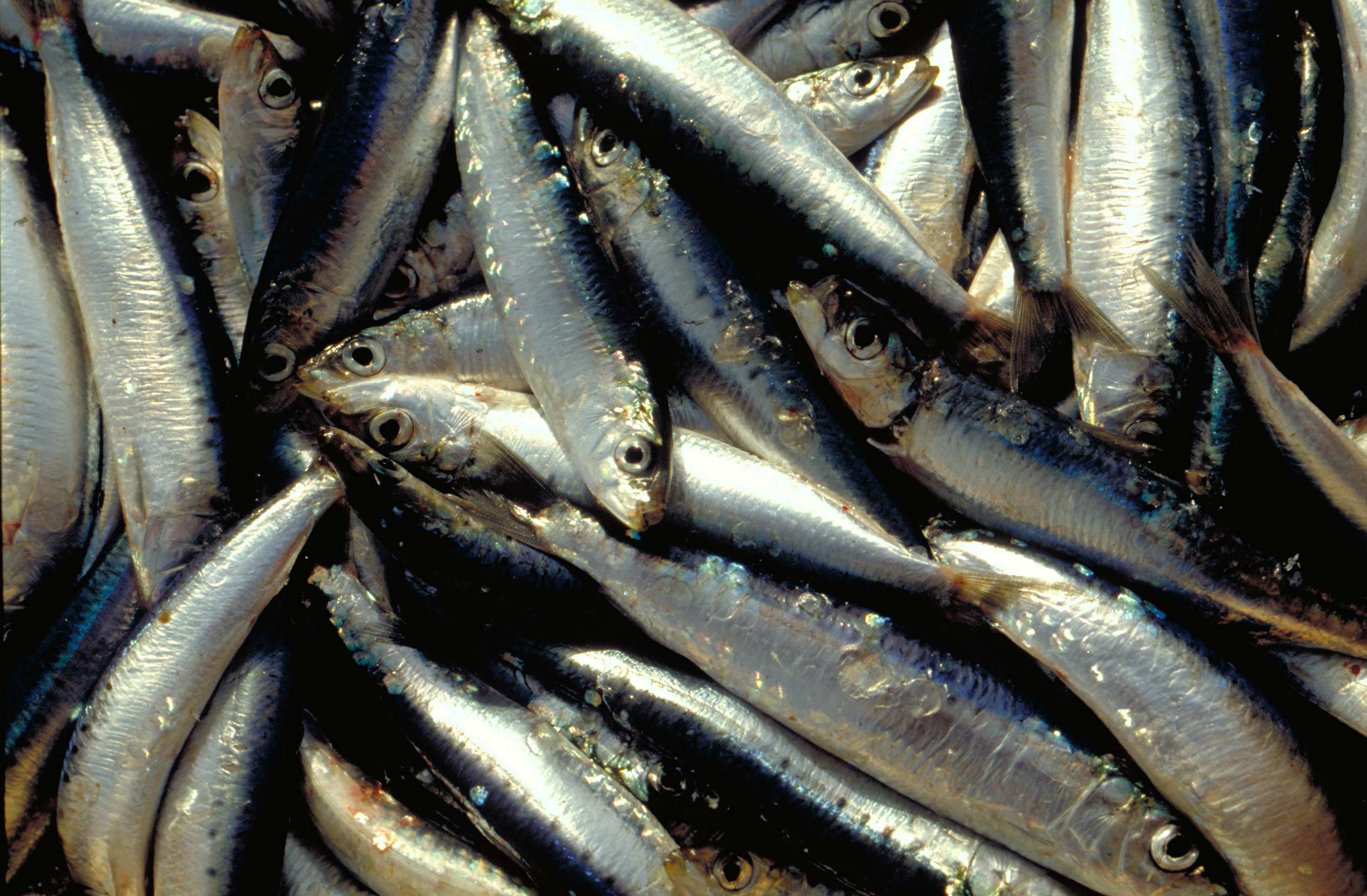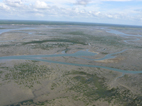annually
Type of resources
Available actions
Topics
INSPIRE themes
Keywords
Contact for the resource
Provided by
Years
Formats
Representation types
Update frequencies
status
Scale
Resolution
-

Planification déploiement FttH des opérateurs privés.
-

La campagne annuelle d'évaluation des ressources halieutiques PELMED (PELagiques MEDiterranée) est menée par le Laboratoire Halieutique Méditerranée de la station Ifremer de Sète. Les objectifs de ces campagnes sont : 1. Évaluer la biomasse des petits pélagiques (anchois, sardines) par méthode directe. Pour cela, la campagne doit alterner entre prospection acoustique et chalutages d'identification. Un signal acoustique est envoyé depuis un sondeur fixé sous le navire et chaque fois qu'il rencontre le fond ou des bancs de poissons, il est réfléchi et retransmis aux sondeurs. Ainsi, on peut observer en continu la forme et l'intensité de ces échos qui matérialisent les bancs de poissons. Des chalutages d'identification des espèces sont effectués afin de définir la proportion des espèces présentes dans les échos détectés. 2. Collecter le plus grand nombre de paramètres biologiques possible sur les espèces cibles de petits pélagiques (anchois, sardines, sprats) pour mieux comprendre la dynamique de population de ces espèces. Pour cela, des mesures morphométriques, ainsi que la détermination du sexe et du stade de maturité des poissons sont réalisées. Enfin, des otolithes sont prélevés afin de pouvoir déterminer l'âge des poissons. Ces paramètres biologiques sont très importants pour compléter l'évaluation de biomasse et avoir une meilleure compréhension des processus sous-jacents à la variabilité de ces populations. Cela permet par exemple de déterminer la structure en âge ou en taille des populations, d'avoir une idée de leurs réserves énergétiques, etc. 3. Mieux comprendre l'écosystème pélagique dans son ensemble, du plancton aux prédateurs supérieurs. La campagne PELMED a pour but premier d'évaluer les stocks de petits pélagiques, mais elle s'attache également à accumuler le plus de données possible sur les différents compartiments de l'écosystème pélagique, allant des paramètres physiques (température, salinité) aux prédateurs supérieurs (mammifères marins, oiseaux), en passant par les différents niveaux trophiques inférieurs (phyto- et zooplancton, poissons petits pélagiques). Ainsi, après chaque chalutage, une station hydrologique est réalisée avec la mesure de la température et de la salinité le long de la colonne d'eau via une CTD, des prélèvements d'eau et de phytoplancton avec une bouteille Niskin et des prélèvements de zooplancton à l'aide d'un trait vertical de WP2. Enfin, tout au long de la campagne nous réalisons l'observation et le comptage des oiseaux et mammifères marins. En plus de la compréhension de l'écosystème, ceci devrait permettre de fournir un certain nombre d'indicateurs nécessaires au suivi du milieu marin dans le cadre de la DCSMM (Directive Cadre sur le Milieu Marin).
-

État des crépidules dans le bassin d’Arcachon (Crepidula fornicata).
-

Les fichiers MAJIC III constitue la documentation littérale (ou documentation foncière) du cadastre. Ils comportent notamment des informations relatives aux propriétés bâties et non bâties, aux propriétaires et aux adresses. Cette documentation comporte 5 fichiers que sont le fichier des propritéaires d'immeubles (FP), le fichier des propriétés bâties (FPB), le fichier des propriétés divisées en lot(FPDLL), le fichier des propriétés non bâties (FPNB), le fichier Lot-Local (FLLOC). Ces fichiers sont dans les formats natifs de la DGFIP.
-

Les fichiers fonciers du Cerema, base de données Postgis intégrant les données standards brutes (enrichies de nouvelles tables) et la matrice cadastrale. Toutes les informations sur ce produit sont consultables sur siglr.org. Les données sont mises à disposition par SIG L-R en partenariat avec la DREAL LR et la DGALN. La mise à disposition est soumise à conditions. Retrouvez toutes les informations en suivant ce lien : http://www.siglr.org/groupes-de-travail/cadastre.html
-

Infrastructures du réseau SFR en Languedoc-Roussillon comprenant : site émission, POP, NRA, chambre, artère et alvéole, lien POP.
-

Les fichiers MAJIC III constitue la documentation littérale (ou documentation foncière) du cadastre. Ils comportent notamment des informations relatives aux propriétés bâties et non bâties, aux propriétaires et aux adresses. Cette documentation comporte 5 fichiers que sont le fichier des propritéaires d'immeubles (FP), le fichier des propriétés bâties (FPB), le fichier des propriétés divisées en lot(FPDLL), le fichier des propriétés non bâties (FPNB), le fichier Lot-Local (FLLOC). Ces fichiers sont dans les formats natifs de la DGFIP.
-

Les fichiers MAJIC III constitue la documentation littérale (ou documentation foncière) du cadastre. Ils comportent notamment des informations relatives aux propriétés bâties et non bâties, aux propriétaires et aux adresses. Cette documentation comporte 5 fichiers que sont le fichier des propritéaires d'immeubles (FP), le fichier des propriétés bâties (FPB), le fichier des propriétés divisées en lot(FPDLL), le fichier des propriétés non bâties (FPNB), le fichier Lot-Local (FLLOC). Ces fichiers sont dans les formats natifs de la DGFIP.
-

État initial (2002) et études d’impact (2005, 2006) des peuplements benthiques et de la granulométrie dans le cadre de travaux de creusement d’une souille.
-

Cf Géoinformations : http://www.geoinformations.developpement-durable.gouv.fr/fichiers-fonciers-r549.html Les fichiers fonciers du Cerema, base de données Postgis intégrant les données standards brutes (enrichies de nouvelles tables) et la matrice cadastrale. Toutes les informations sur ce produit sont consultables sur siglr.org. Les données sont mises à disposition par SIG L-R en partenariat avec la DREAL LR et la DGALN. La mise à disposition est soumise à conditions. Retrouvez toutes les informations en suivant ce lien : http://www.siglr.org/groupes-de-travail/cadastre.html
 Mon GéoSource
Mon GéoSource